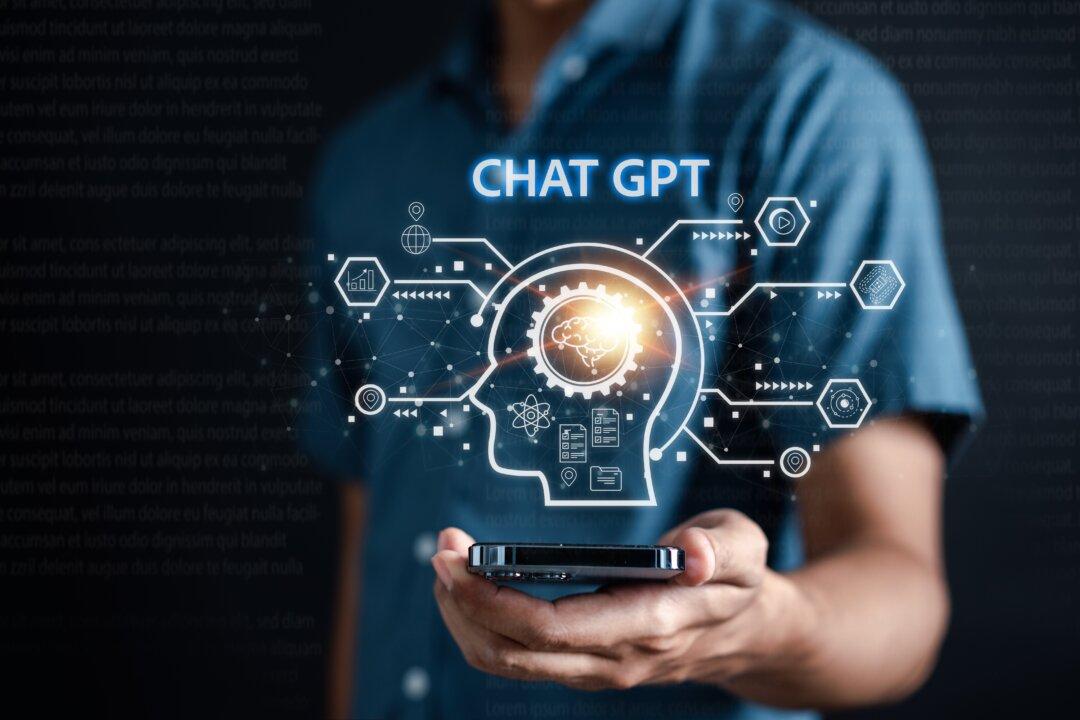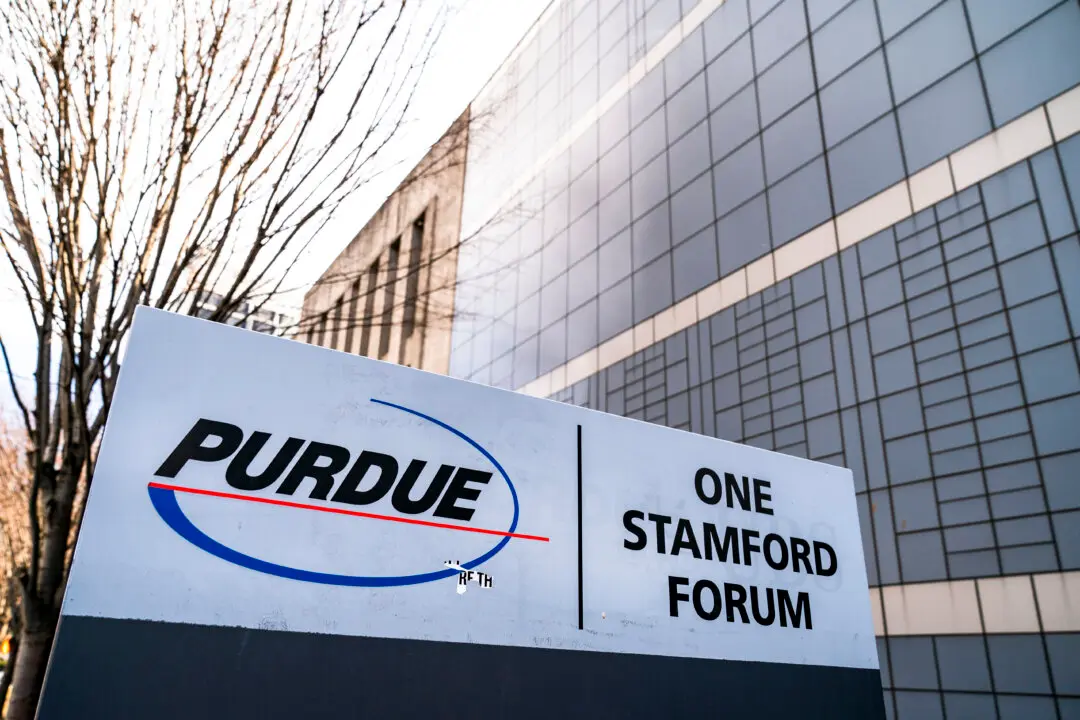The New York Times has filed a copyright infringement lawsuit against Microsoft and OpenAI, arguing that the technology firms used the newspaper company’s content as a paradigm from which they built their large-language models (LLM).
The lawsuit, filed in the U.S. District Court for the Southern District of New York, alleges that, to construct their generative artificial intelligence (AI) tools, the defendants copied “millions of The Times’s copyrighted news articles, in-depth investigations, opinion pieces, reviews, how-to guides, and more.”





